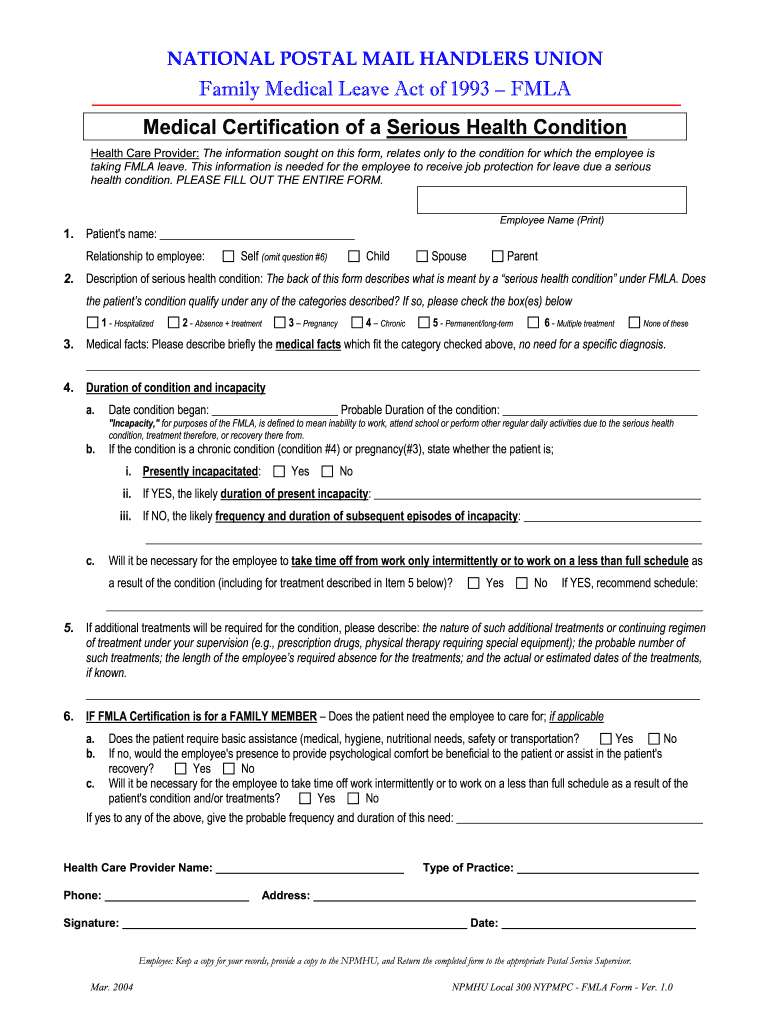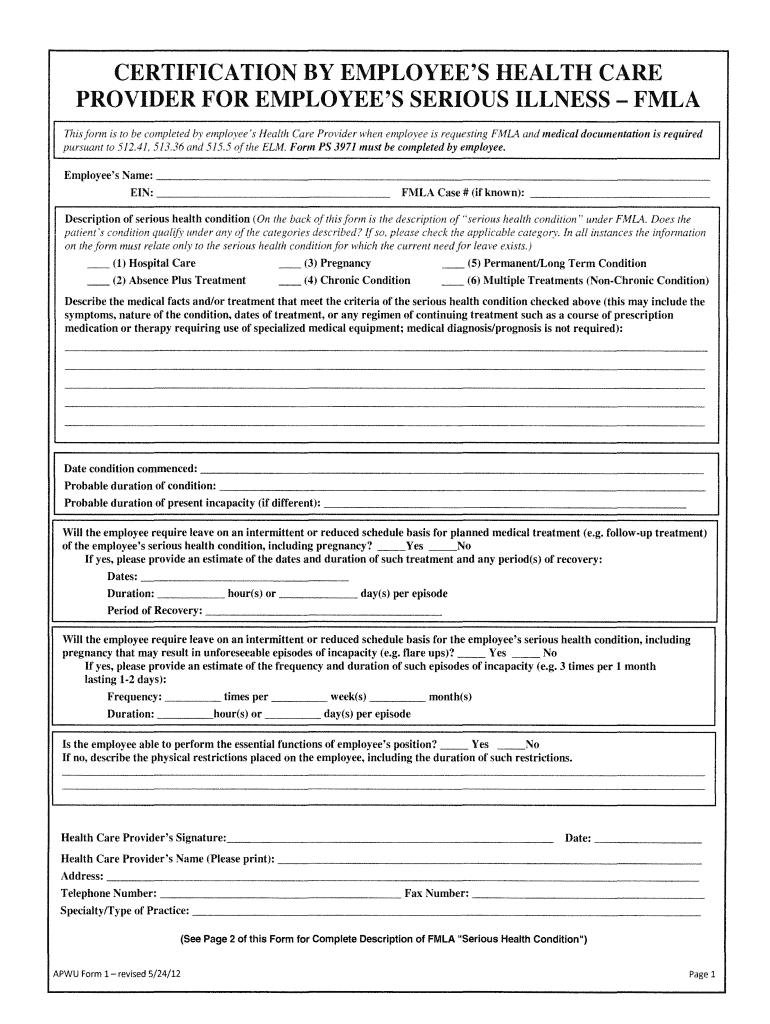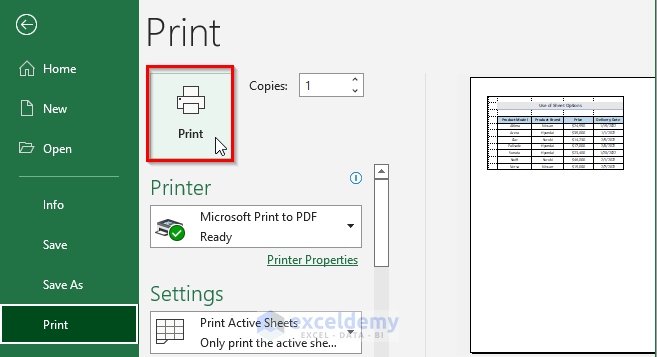FMLA Paperwork Guide for Surgery: What You Need to Know

In this guide, we will walk you through the FMLA paperwork process for employees who require time off for surgery. Understanding your rights and the necessary documentation can help ensure that you receive the benefits and protections provided under the Family and Medical Leave Act (FMLA). Whether you are planning for an upcoming procedure or currently dealing with the aftermath, this guide will provide you with a comprehensive understanding of what to expect and how to manage the process effectively.
Understanding FMLA for Surgery

The Family and Medical Leave Act (FMLA) was established to help employees balance work and family responsibilities by allowing them to take reasonable unpaid leave for certain family and medical reasons. When it comes to surgery, here's what you need to know:
- FMLA provides up to 12 weeks of unpaid leave in a 12-month period for employees who have a serious health condition, which includes recovery from surgery.
- Your job is protected during this leave, and upon returning, you must be reinstated to your original or an equivalent position.
- You might be eligible if you work for a company with 50 or more employees within a 75-mile radius of your worksite, and you have worked for the company for at least 12 months and 1,250 hours over the past 12 months.
Eligibility Criteria for Surgery Leave

Before diving into the paperwork, it's crucial to check if you're eligible for FMLA leave for surgery:
- Work for a Covered Employer: Your employer must meet the FMLA-covered definition.
- Qualify for Leave: Your surgery and recovery must constitute a serious health condition as defined by FMLA.
- Meet Work Hours Requirement: Ensure you've worked the necessary hours within the stipulated timeframe.
Steps to Apply for FMLA for Surgery

To apply for FMLA leave related to surgery, follow these steps:
1. Inform Your Employer

Notify your employer of your intent to take FMLA leave. This notice should be:
- Given as soon as possible.
- Documented, preferably in writing.
- Accompanied by any preliminary medical documentation if available.
2. Obtain Medical Certification

Your employer will likely require medical certification to substantiate your need for leave:
- Your doctor must complete and sign an FMLA Medical Certification Form (WH-380-E for Employee's Serious Health Condition).
- This form includes details about your health condition, treatment plan, and the probable duration of your absence.
⚕️ Note: The medical certification should be completed by a healthcare provider familiar with your case. Ensure the document clearly outlines the necessity and expected duration of leave.
3. Submit the FMLA Paperwork

Once you have the medical certification:
- Provide it to your HR department or the person handling FMLA leave at your company.
- Include any additional information or forms your company might require.
4. Await Approval

After submission, your employer will review your application:
- They have five business days to request a medical certification.
- You must provide the certification within 15 calendar days.
- Your employer then has two business days to approve or deny the request after receiving proper documentation.
5. Returning to Work

When you're ready to return to work:
- Notify your employer of your intent to return.
- Submit any required documentation such as a fitness-for-duty certification if requested by your employer.
- Ensure that your return is coordinated with your workplace to guarantee your reinstatement.
Common Issues and Solutions

Here are some common issues employees face and their potential solutions:
- Approval Delays: Ensure timely submission of all documents. Follow up if there's no response within the expected time frame.
- Intermittent Leave: If your recovery involves intermittent leave (regular treatment or follow-up), discuss this with HR to plan your work schedule accordingly.
- Confidentiality Concerns: Your medical information is protected under HIPAA. Keep records of any documentation you provide, and ensure only necessary parties handle your information.
Frequently Asked Questions

Can I take FMLA leave for a non-emergency surgery?

+
Yes, as long as the surgery qualifies as a serious health condition requiring time off, you are eligible for FMLA leave. However, ensure you provide sufficient medical certification to support your claim.
How do I handle my health insurance during FMLA leave?

+
Your employer must maintain your group health insurance benefits during your FMLA leave as if you were working. However, you are still responsible for any employee contributions towards the premiums. If you fail to make payments, your employer may drop coverage after giving you 15 days’ notice.
What if my employer denies my FMLA leave request?

+
If your employer denies your request, review the provided reasons for the denial. If you believe it's unjust, gather additional documentation or consult with legal counsel or an HR representative for clarity. Employers are required to follow FMLA regulations when granting leave.
By following this guide, you should now have a clear roadmap on navigating through the FMLA paperwork process for surgery. Ensuring all necessary documentation is in order, understanding your rights, and maintaining open communication with your employer will help you secure the time needed to recover without the added stress of work-related concerns. Remember, the goal of FMLA is to protect your job while allowing you to address your health needs, providing peace of mind during a critical time.



